For more than 200 years, watchmakers around the world attempted to build temperature-resistant watches that would work as reliably at -10°C as they would at 30°C. To achieve this, however, the balance wheel must oscillate regularly and regardless of the temperature, which is easier said than done with stainless steel balances. The issue is that they contract when cold and expand when warm, making them oscillate at different speeds. The underlying phenomenon is known in watchmaking as “isochronism”, describing the uniformity of vibrations. The higher the isochronism, the more consistently the regulating organ of the watch “breathes” and the more precise the movement.
Ulysse Nardin introduced the “Freak” in 2001, the world’s first movement to feature silicon components, paving the way for a new type of escapement – more on this in a bit. Although Ludwig Oechslin’s first prototype was still far from being perfect, the benefits of the new material became increasingly apparent. As a result, silicon technology was constantly being refined and used by more and more industry giants.
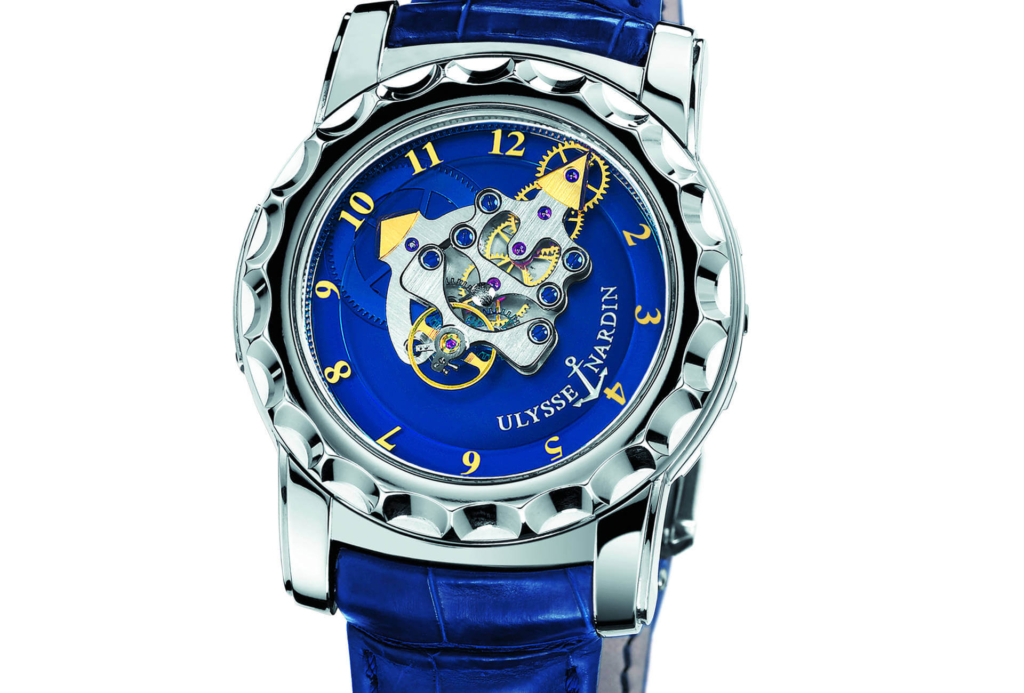
The advantages of silicon
Silicon is a semi-metallic element and the second most abundant substance on earth after oxygen. The material is of particular relevance in the watch industry, as it has a number of important properties that increase the precision of a watch.
First and foremost, it is insensitive to magnetic fields and also extremely resistant to corrosion and wear. Compared to steel, silicon is also much lighter and simultaneously harder and does not require lubrication due to its inherent wear resistance. The fact that silicon components are produced in an etching process also allows more complex shapes to be produced than with stainless steel, making milling and grinding a thing of the past.
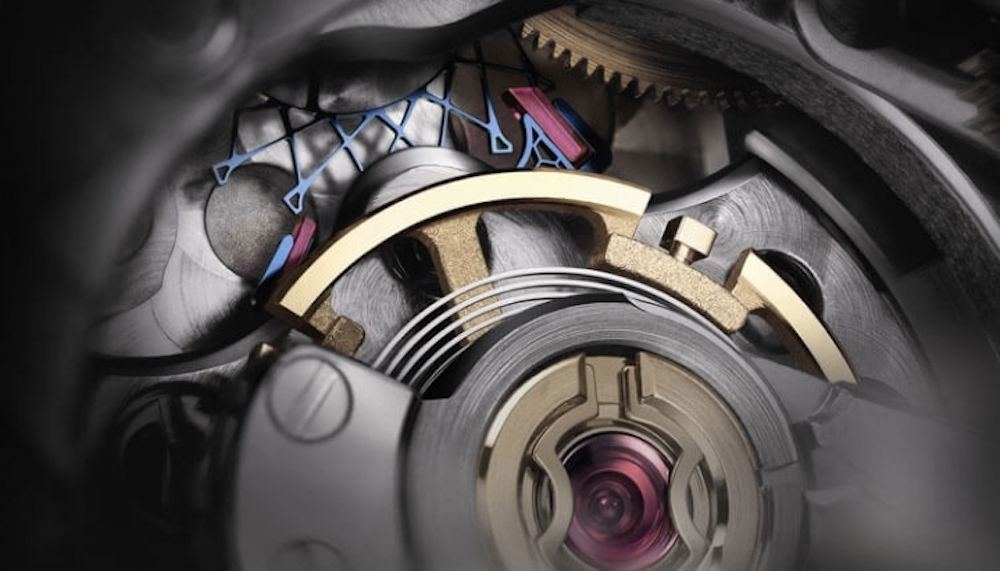
Who uses silicon?
You see, while the Swiss watch industry likes to maintain the image of a postcard idyll, things are getting a bit more heated behind the scenes. While it is true that silicon has been used more and more frequently in recent years, its truly unrestricted use has been repeatedly hindered by legal disputes.
At the moment, only selected companies have the right to use silicon hairsprings, most notably Patek Philippe, Rolex and the Swatch Group, which have jointly worked with the CSEM (Centre Suisse d’Electronique et de Microtechnique) on a research project in this area and hold the relevant patents until 2021. Ulysse Nardin holds its own patent as a result of a partnership with a microcomponent manufacturer named Mimotec.
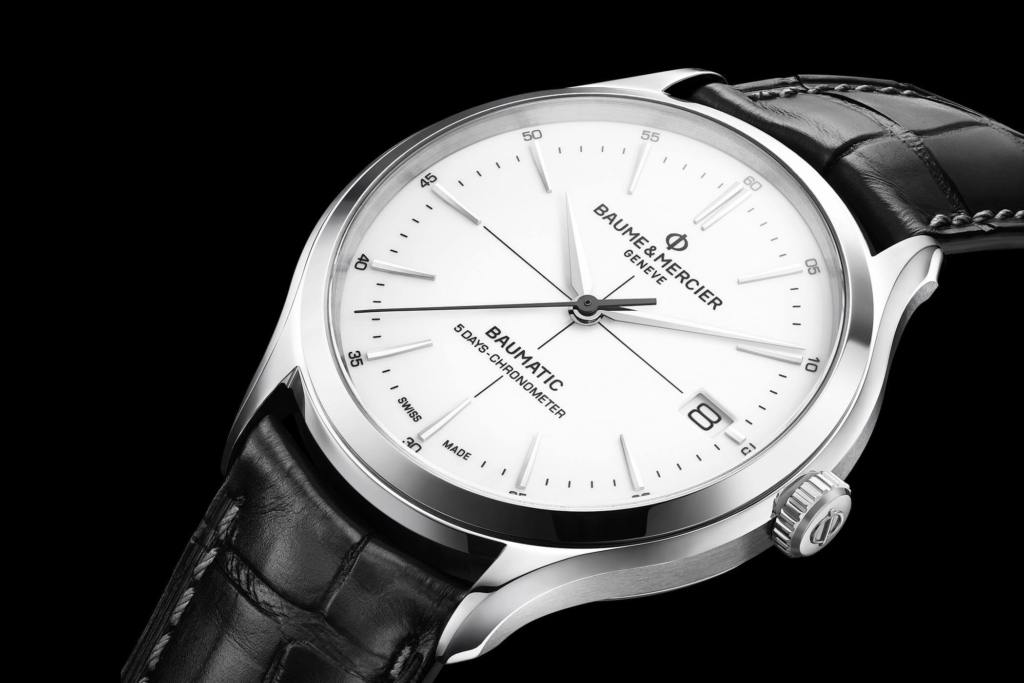
A prominent example from the year 2018 showed what happens if you do not hold such patents. The crisis-ridden watch brand Baume & Mercier presented a real ray of hope in the form of a new Clifton Baumatic to mark the beginning of the SIHH (now Watches & Wonders): 40mm diameter, 120 hours of power reserve, chronometer certificate, attractive design, a price of €2,600 and a high-performance movement (BM12-1975A) with silicon components made by Richemont’s movement manufacturer Valfleurier. This watch ticked all the boxes… with the exception of one detail.
The fact that Baume & Mercier – a Richemont brand – used silicon components was a major thorn in the side of some of the players mentioned above. In the watch industry, the use of silicon is currently still a legal minefield in which competition is kept short by patents. The end of the story was that Baume & Mercier eventually stopped producing the caliber due to the threat of legal action. The watch still exists, but now without silicon components.
3 affordable alternatives under 2,000€
Despite the mud fight in the background, silicon components have benefitted from technological advances, making them available in more and more entry-level watches. The Swatch Group in particular has many watches in its portfolio that are available for less than €2,000 and feature silicon springs. We present three examples:
3. Tissot Ballade Powermatic 80 COSC
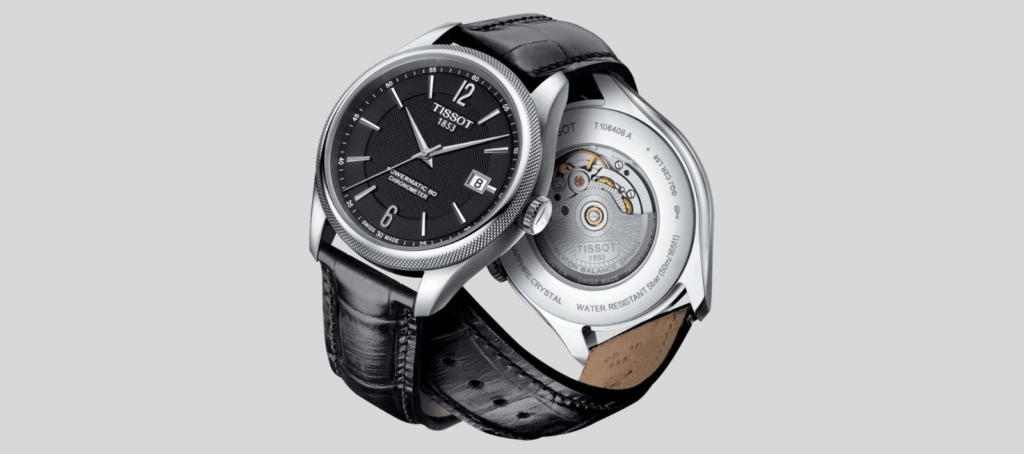
The reference T108.408.16.057.00 shown here was Tissot’s first watch to benefit from a silicon hairspring. The watch uses a heavily modified ETA 2824-2 caliber called “Powermatic 80”, which is manufactured exclusively by ETA for Tissot (and is internally referred to as ETA C07.111 due to its modifications). Thanks to a lowered frequency – from 4 Hz to 3 Hz – it boasts a handy power reserve of 80h.
Recommended retail price: € 867,56.
Do you have any questions about this brand?
contact us2. Mido Baroncelli Caliber 80 Chronometer Si
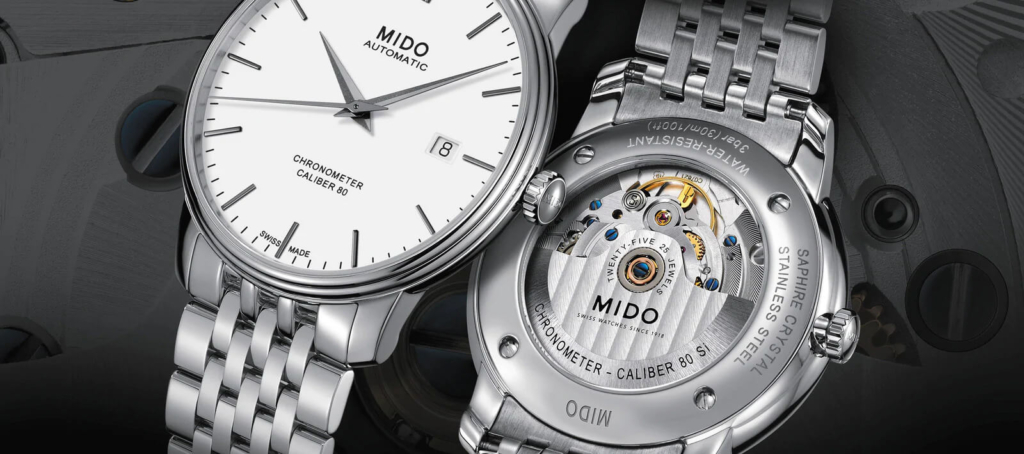
Mido, another Swatch brand, also uses silicon technology in its elegant Baroncelli chronometers. The model shown (Ref. M027.408.11.011.00) houses the Mido Caliber 80 based on the ETA C07.821, which has a 80h power reserv and can be admired through the sapphire crystal caseback. The automatic movement boasts both an Elinflex mainspring and a silicon hairspring.
Recommended retail price: € 1.043,03.
Do you have any questions about this brand?
contact us1. Certina DS Chronograph Automatic
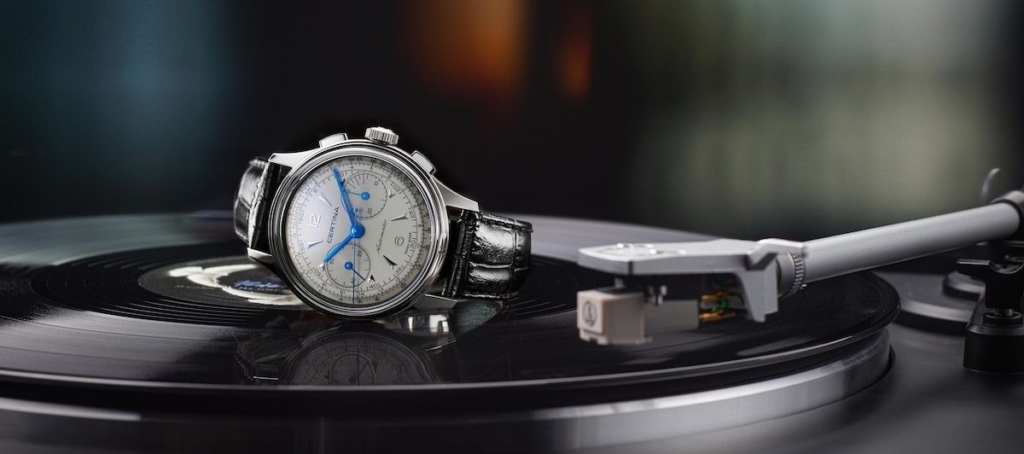
The third watch in the group, Certina’s new DS Chronograph Automatic (Ref. C038.462.16.037.00), is part of the Swatch Group as well and can thus benefit from silicon hairsprings. The built-in automatic movement is based on the Valjoux 7753, housed in a 42mm case and features a tachymeter and telemeter scale on the dial. The power reserve is 60 hours.
Recommended retail price: € 1.842,00.
Do you have any questions about this brand?
contact usFor even more watches, with and without silicon parts, head over to our online shop here.



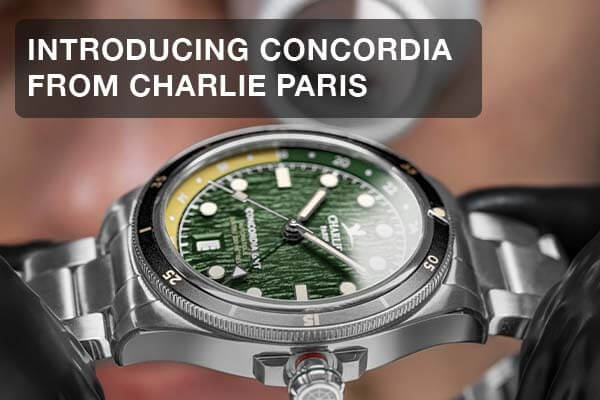
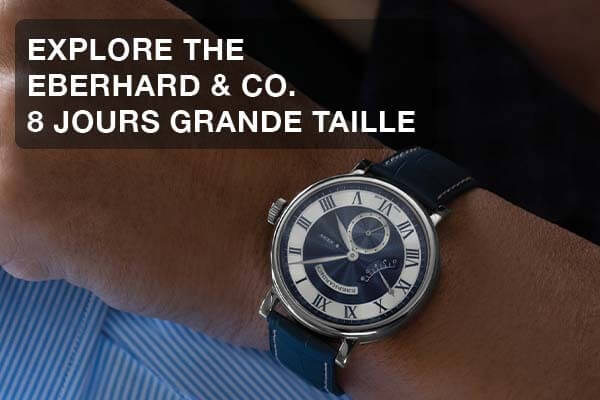
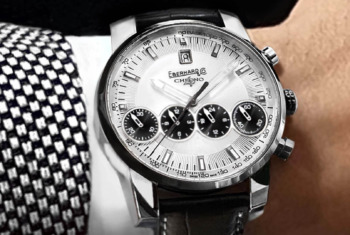
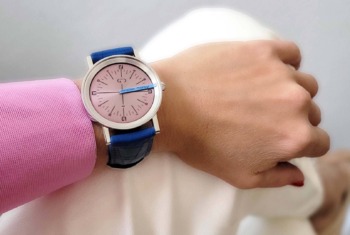

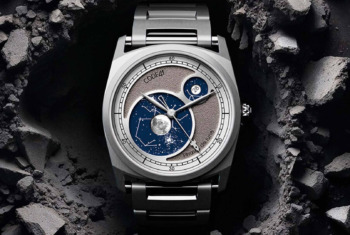
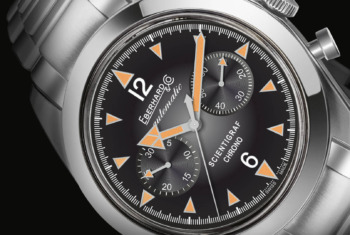
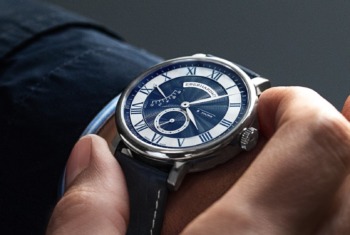
That Ballade Powermatic is gorgeous and has a great value proposition imo, given its specs and price point. Would be a nice starting point for anyone who’s about to build a collection is looking for a solid, first automatic watch.
Way to go, Tissot!
Didn’t know about the patent war going on, interesting. This explains at least why the three watches are from the Swatch group 😂
Very enlightening article about silicon used in main springs
Glad to have gotten my hands on the Clifton Baumatic before it was taken off the market again, such a great watch!
[…] wear. ( You can find more information on the use of silicon in the watch industry in our article Affordable Luxury Watches With Silicon Components). In addition, 30 other movement components are manufactured from non-ferrous or non-magnetic […]
If Philippe Dufour says silicone is not better than steel, then it’s not better. Case closed!
[…] of a mechanical watch. The spring in particular plays an extremely important role (more on this here), which is why Rolex has spared no expense or effort in developing a technically innovative […]